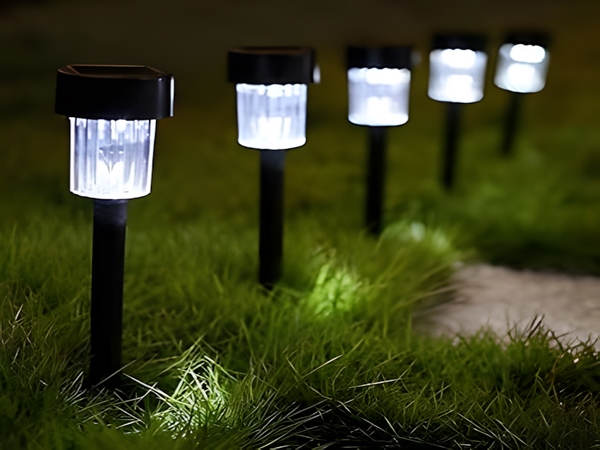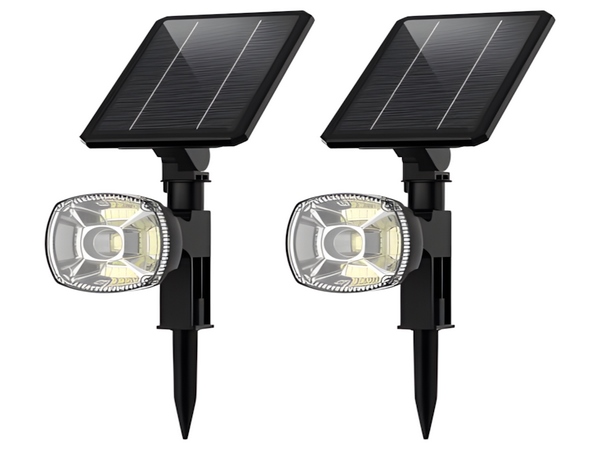
Solar street lights provide a green alternative to traditional lighting applications, operating independently from the grid and producing no greenhouse gases. They can still provide illumination even during power outages. Solar street lights are entirely self-sufficient and require minimal maintenance. If you are looking for a green option, solar street lights are definitely worth considering. However, many users are concerned about the quality of illumination provided by solar street lights. So how can one judge the lighting effectiveness of solar street lights? Below, we will explore this topic in detail.
1. Average Illuminance. Many customers use a light meter to measure the brightness directly below the lamp and assume that a high value means good brightness. This perspective is quite limited. The effectiveness of street lighting is not just about having a bright spot directly beneath the lamp; it should illuminate the entire road evenly rather than having dark areas on either side. This inconsistent brightness can increase driving risks, as transitioning from a very bright area to a dark one can create temporary visual blind spots, making it challenging to see the dark areas clearly for a short period, potentially leading to accidents. Additionally, driving on streets with fluctuating brightness can induce drowsiness. Therefore, the reference value for road brightness should be based on average illuminance.

2. Uniformity. Uniformity considers how evenly the light is distributed across the roadway. A well-lit road should have consistent illumination without bright and dark patches. The simple calculation for uniformity is: minimum illuminance/average illuminance. The latest national standards require a uniformity ratio of 0.3-0.4.
3. National Standards. The national urban road lighting design standards in our country (the most recent being CJJ45-2015) clearly outline standards for levels 1-3 roadways.

This concludes our discussion on how to assess the illumination quality of solar street lights. The effectiveness of solar street light illumination directly impacts their subsequent usage. Therefore, we hope that when selecting LED fixtures, everyone can learn to evaluate the lighting performance of solar street lights and avoid being deceived by unscrupulous sellers while practicing rational consumption.



